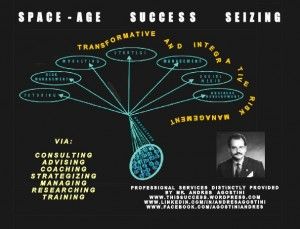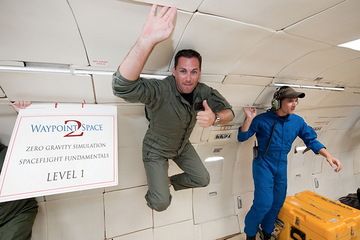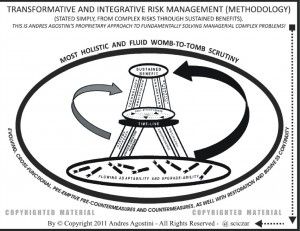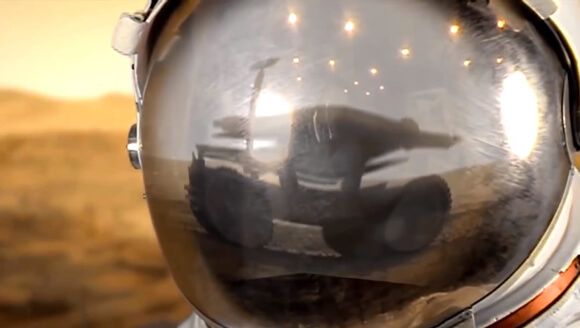FEBRUARY 03/2014 UPDATES. By Mr.Andres Agostini at www.Future-Observatory.blogspot.com

Maps showing which parts of the world would be flooded if all the world’s ice melted
http://ngm.nationalgeographic.com/2013/09/rising-seas/if-ice-melted-map
3-D printing takes shape
http://www.mckinsey.com/insights/manufacturing/3-d_printing_takes_shape?cid=manufacturing-eml-alt-mkq-mck-oth-1401
40 more maps that explain the world
http://www.washingtonpost.com/blogs/worldviews/wp/2014/01/13/40-more-maps-that-explain-the-world/
The Future of Space-Age Management
http://lnkd.in/bYP2nDC



